Corona
Swedish corona statistics
There is a lot of numeric information available about the spread of Covid-19. The problem of understanding the dynamic evolution from different data sources fall into the broader sensor fusion framework. We have on this site collected information from different sources, and added some simple numerical calculations. All data from c19.se, The Swedish Public Health Agency (FHM), and Statistics Sweden (SCB) are retrieved directly from the sources and all plots are updated automatically after this is done. This eliminates manual handling.
One of our ambitions is to explain the methodology of modelling dynamic processes based on observations of different kinds. This involves both filtering (estimating the state of the process) and process parameter estimation. Complex models are often used in the literature to explain and predict the spread of Covid-19. Such models have been used frequently by government policymakers throughout the world.The validity of these models is often motivated by the fact that they can fit historic data well. The basic modelling aspects we teach in our courses need more attention in this context:
- A model can never be proven to be correct. It can however be invalidated and proven to be incorrect. "All models are wrong, but some are useful" (George Box). Model validation is an engineering skill that requires a lot of theoretical insights and practical experience.
- The parsimonious principle. If several models can explain data, the simplest one is to prefer. This general principle dates back to the 12'th century and Ockham's razor, but is particularly useful when choosing between mathematical model candidates.
- Sensitivity and robustness. What happens if the input data (sensitivity) or model parameters (robustness) are perturbed a little. The output of a reliable model changes only marginally for small perturbations.
This site is a joint endeavour of Fredrik Gustafsson and Gustaf Hendeby at Linköping University, Kristian Soltesz and Bo Bernhardsson at Lund University, in collaboration with additional modelling experts from KTH Royal Institute of Technology and Uppsala University, as well as researchers and practitioners from the healthcare sector. The different pages collect data and illustrate modelling challenges we have been involved in:
- FHM shows data from The Swedish Public Health Agency (FHM) with a focus on comparing regions in southern Sweden. Since the figures are normalised to be per 100.000 persons, it is here simple to compare the regions.
- C19 is similar to the above, but with data pulled from the aggregation site c19.se.
- SCB shows official mortality data from Statistics Sweden (SCB). You can here compare the mortality data for the past five years with reportings from 2020. One conclusion is that seen over a two year running average, the figure for 2020 seems to be quite normal (due to the small number 2019).
- SVR (password protected) shows the contact causes reported to the Swedish telenursing service 1177 for 11 Swedish healthcare regions, with a focus on southern Sweden. The numbers from 2020 are compared to the average number of calls during 2015-2019.
- SVR model (password protected) illustrates a relation discovered by Armin Spreco, Toomas Timpka and co-workers. Telenursing can be a useful predictor for healthcare demands several weeks in advance.
- FIR visualizes the fit of a finite impulse response (FIR) model, proposed by Lund University physics professor Andreas Wacker. First, the number of positive PCR tests since July (by when broad testing had been established nationally) correlates very well with the number of ICU admittance one week later. Second, the ICU admittance correlates even better with the number of mortalities one week later.
- SIR model. As we showed in Ny Teknik already in April, the simplest possible susceptible-infectious-removed (SIR) model can fit Swedish mortality data very well during the first wave of the pandemic. By introducing a couple of change points for the spread rate, the same type of model continues to fit historic data. In total less than 10 parameters are needed to get a very good fit to observed mortality data, indicating the risk of overfitting when employing more complex models for the task.
